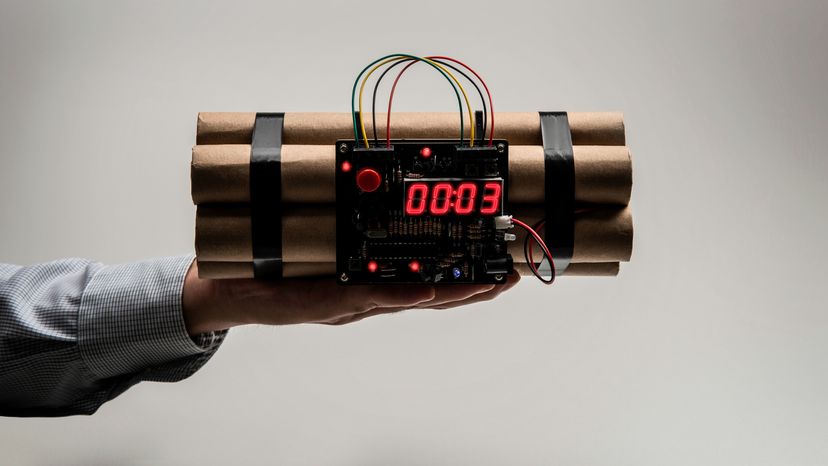
Did you know that the Internet was originally invented for military purposes? It’s true. So too were cell phones and the Humvee. In fact, many of society’s biggest technology breakthroughs have been adapted for civilian use from their original military application. And when it comes to military technology, particularly weapons, there is no end to imagination and creativity. In fact, many of the weapons being developed or in use by the U.S. military today seem straight out of science fiction. However, despite how crazy they seem, these weapons and technology have actually been invented, or are close to being deployed in combat zones around the world.
Advertisement